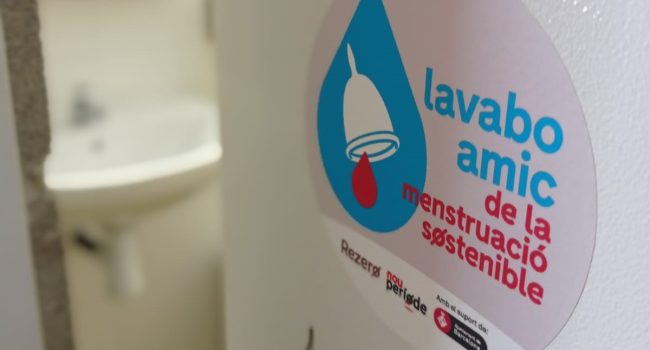

Disposable menstrual protections represent an important source of plastic pollution, as they are products that are composed mostly of plastic, and become waste after a single use. The report “The environmental and economic costs of Single-Use Menstrual Products, Baby Nappies and Wet Wipes”, published in November 2019 by Reloop, Rezero, Zero Waste Europe and Break Free from Plastic, and which was funded by the European Union tells us that cumulatively in the 28 EU member states in 2017, 49 billion units of menstrual protection were used, generating about 590,000 tonnes of waste over the year.
In addition to that alarming information, it is important to note that sanitary pads and wipes are typically flushed down the toilet after use, and can end up in the marine environment via the wastewater system. Single-use sanitary pads and wipes are the most common items found in the marine environment (6.2% of waste collected on UK beaches, 5% of “floating waste” on the Catalan coast), and when they disintegrate, they release a substantial amount of microplastics into the water.
Reusable alternatives to periodic protection have a real impact on lessening the amount of waste generated. Indeed, it is estimated that the use of a cup results in a 99% reduction in waste that would be generated by using single-use products. This means that if only 20% of menstruating people use a cup instead of single-use products, the amount of waste would be reduced by 100,000 tons per year for the 28 EU member states combined.
The project led by Rezero aims to reduce the environmental impact of single-use menstrual products, which are a major source of plastic and microplastic waste in the marine environment. It combines awareness-raising, menstrual education and improved sanitary infrastructure to promote the use of reusable products and ensure access to hygienic and sustainable public toilets.
Main results:
Updated on 30/10/2025